How To Identify And Fix Cannabis Root Rot
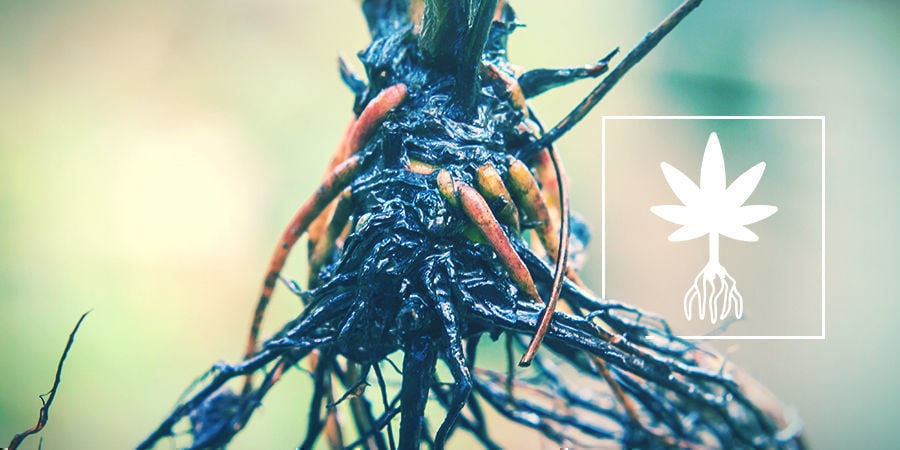
We all want a smooth ride when cultivating cannabis, but sometimes problems can arise. Whether that's the presence of pests or mould, most can be fixed and/or prevented. However, one such issue that can occur to your precious plants is root rot. Something that can really spell trouble if left undiagnosed and untreated. But don't worry, we're not here to strike fear into your heart, not at all. Instead, we'll give a breakdown of everything you need to know about root rot and how you can prevent and fix it should it rear its ugly head and impact your plants.
What is root rot?
So firstly, what is root rot, and why should we concern ourselves with it? Root rot is essentially an infection that impacts the roots of the cannabis plant, stopping them from absorbing nutrients and can ultimately lead to their demise. Typically a by-product of poor soil texture, the infection is a result of bacteria breeding and attacking the roots. There are many reasons as to why this can occur, but thankfully also plenty of symptoms for you to spot should you suspect that there is something wrong with your plant.
What causes root rot in cannabis plants?
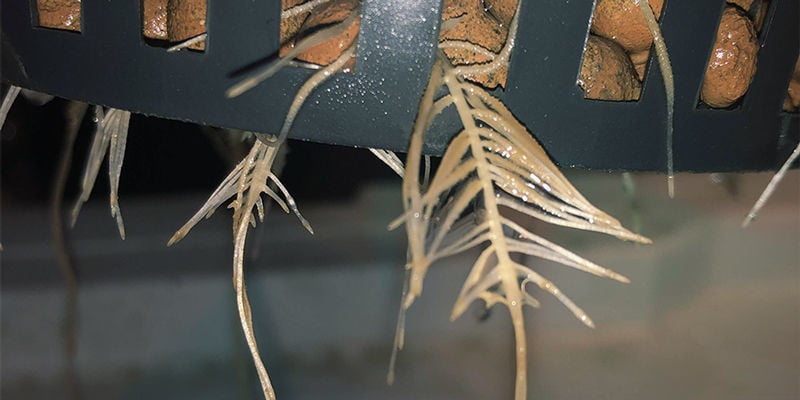
Now we know what root rot is, what causes it? There are many different causes when it comes to what is responsible for root rot. As mentioned, it can be as simple as a poor soil texture—stops the roots from getting oxygen. However, other factors such as excessive heat and cold also play a part. Warm environments provide a breeding ground for bacteria, whereas a colder setting can cause wilting, which can result in root rot.
It's not just temperatures and soil that can play a part in causing root rot, the use of hydroponics and overwatering can also have a significant impact as well. Overwatering can drown the roots and leave them prime to root rot. A faulty hydroponics set-up will also undoubtedly invite root rot. If your plant requires the water to be oxygenated and is not done correctly so, it will significantly impede the plant's growth, resulting in root rot and subsequently killing it.
Another cause of root rot is the plant outgrowing its container. Without the proper space to stretch out its roots, the plant won't be able to get the right nutrients; it will then be susceptible to becoming rootbound and will begin to rot.
How do all these different things cause root rot? Simply, they create an environment where root cells die and hostile bacteria thrive.
Can root rot spread to other plants?
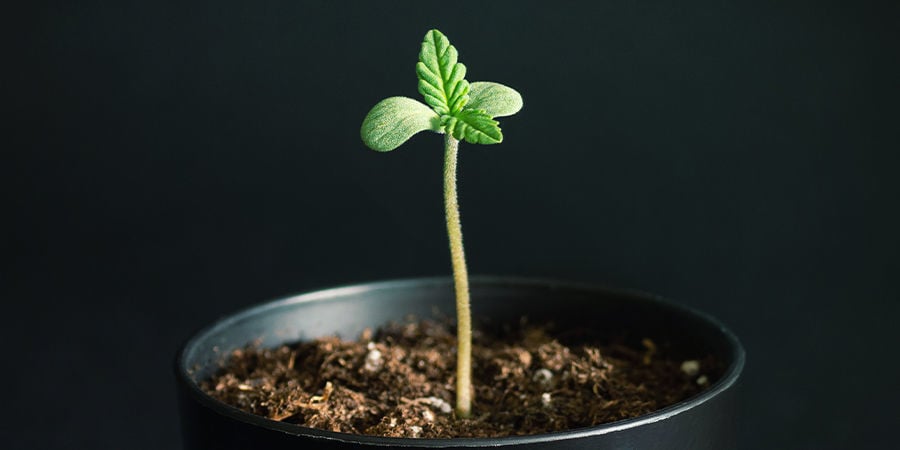
Suppose you're growing your plants indoors in individual containers instead of being outside in planters or flower beds. In that case, the root rot can be contained. However, if in close proximity to other plants, it can indeed infect surrounding plants. So it's essential to keep an eye on your plants, and where they are placed to ensure if any root rot occurs, it won't impact any neighbouring plants. This goes the same for any pests and mould. Apply the same rules to any potential infection or issue, and you can't go wrong.
What are the symptoms of cannabis root rot?
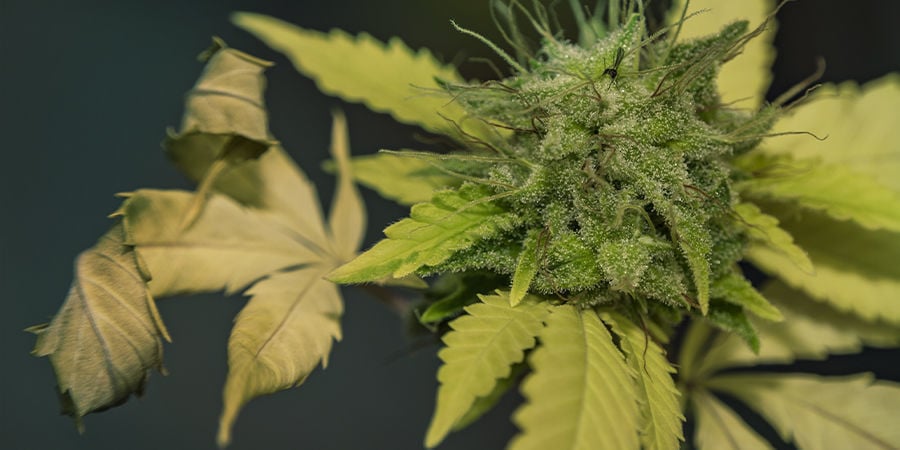
While we've talked about what causes root rot, what should you be on the lookout for to clue you in if your plant has been infected? Initially, it may seem a little tricky to see any symptoms. As the name suggests, the roots will be under the substrate, so they won't be instantly seen. However, there are some symptoms you can notice on the plant itself to clue you into its current health.
For the clearest sign of how your plant is doing, you should look to the leaves. Any signs of malnutrition or any kind of nutrient deficiencies will be found right here. By inspecting the cannabis leaves, you'll see that the nice, normal and healthy green colour will be replaced with areas with brown or yellow spots, curled edges or discoloured or "burnt" tips. By keeping an eye out for these symptoms will tell you all you need to know about the current state of your plant. Stunted growth can also be an indication. However, this usually is quite an advanced symptom of root rot and may already be too late for the plant.
Be sure to keep an eye on the overall health of your plant and check each time you perform any maintenance, pruning or general upkeep. As with all infections, it's best to spot it early and act fast.
What do rotting roots look like?
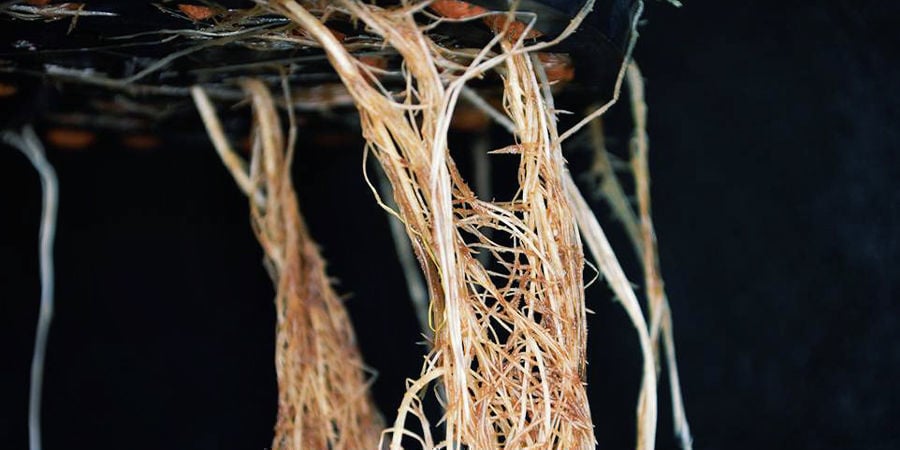
As we know, the parts of the plant you can see on a daily basis will tell you plenty about its general health, but if you're replanting or just want to check how the roots are doing, there are certain things you should keep an eye out for.
You'll immediately see if the roots are infected by lifting your plant from its pot. Healthy roots will exhibit a milky white appearance without any smell. Roots infected with root rot will have a brown slimy, wet look, indicating they are in bad shape. They also have a distinct rotten smell that will notify you of their current health.
How to prevent root rot in cannabis plants
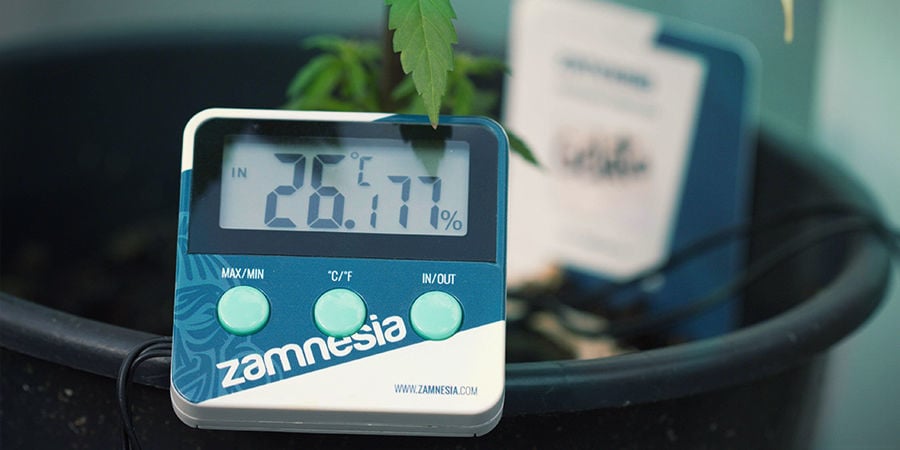
You can probably tell by this point that you should probably do everything in your power to avoid root rot impacting your plants. Of course, factors such as temperature can be controlled, and your plants should be placed in an appropriate setting to prevent them from getting too hot or too cold.
Providing your plants with the perfect setting is the most straightforward way to ensure that they aren't inflicted with root rot. Ensuring they get the right amount of water, have drainage, and are planted in high-quality soil or a well maintained hydro system will allow them to flourish and minimise any potential root rot infection. Be sure to pot and repot your plants accordingly and use containers that are of a suitable size, and you simply can't go wrong.
Root rot is not just highly preventable but is also easy to do so. So be sure to keep regular maintenance and upkeep going on your plants and continue to check their health throughout their life cycle.
How to fix root rot in cannabis plants
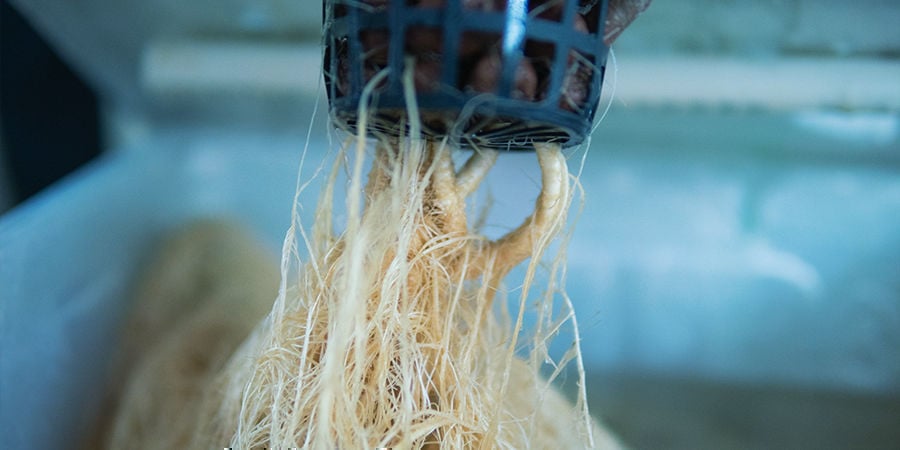
Of course, there's plenty we can do to prevent root rot from setting in, but what can you do if you discover that your plant has been infected? Fortunately, there are ways you can treat root rot. If you've found that your plant is showing signs, it is worth consulting the prevention section of this guide to nail down exactly what has caused your plant to become impacted. If you catch it at the right time, you can bring your plant back to perfect health without looking at more heavy-duty solutions.
However, if you've lifted your plant to inspect it only to find a mass of tangled, brown and smelly roots, it's time to take immediate action. Now, as bacteria are responsible for the mess you're holding in your hands, it can be treated by killing it. We don't mean set it ablaze or run over it with your car or anything. There's a little concoction you can put together to strip the roots of the root rot and give it a chance of a full recovery.
By combining 1 litre of water with about 100ml of bleach or hydrogen peroxide, you can create a root rot cure. With such low amounts of chemicals used, it shouldn't harm your plant but will serve only to sort the roots out before normal growth can resume. It's certainly not ideal, but better than losing your plant for sure. It also doesn't guarantee they will recover, depending on the damage already done. But it gives your plant a shot.
After submerging the roots in the mixture, you'll notice them returning to their milky white colour. At this point, you can look to repot them. Be sure to check to make sure nothing else will impact their growth, such as the factors we've mentioned in this article, and you'll be golden.
Rewarding results without root rot
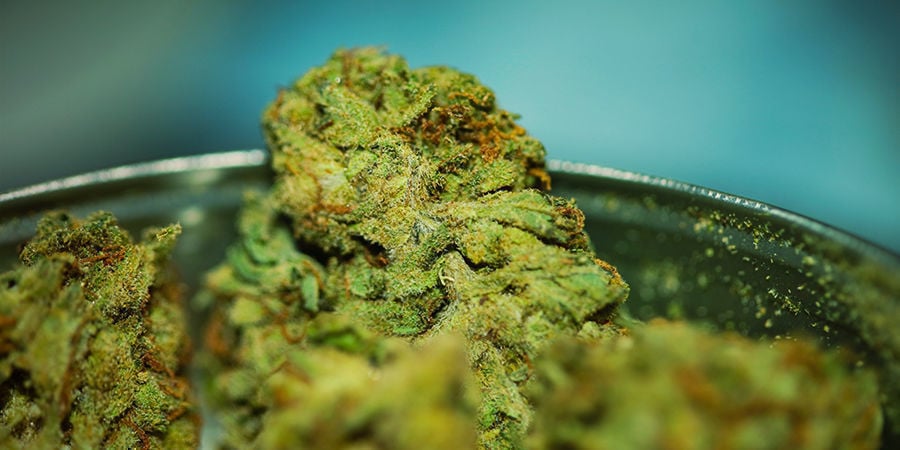
There's no doubt that the presence of root rot can pretty much instantly change a great growing project into a dire one. However, there's plenty you can do to avoid and even treat this affliction, so don't give up hope if you spot a little root rot. Simply consult our guide when you need to, and you can enjoy healthy-looking plants that will consistently reward you with bountiful and flavourful buds.









 United States
United States













